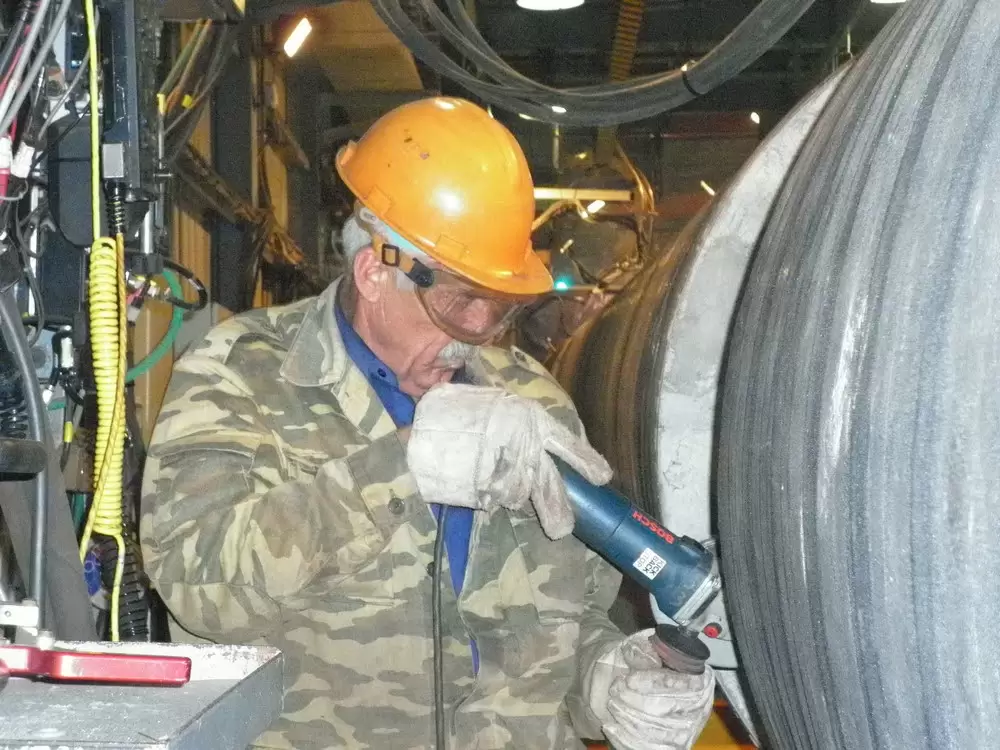As we move closer to 2025, blue-collar businesses must adapt to changing market demands and regulatory requirements. Success in this evolving landscape requires a strategic approach that focuses on workforce management, safety, and processes. This article outlines key strategies to ensure your business thrives, including setting clear expectations for employees, protecting your staff, and streamlining your operational processes. With thoughtful planning and execution, your business can not only survive but also excel in the coming years.
Set Clear Expectations for Employees
Building a strong workforce begins with setting clear, achievable expectations for your employees. This is particularly important as regulatory changes, such as the requirement for Manual J load calculations, become essential in industries like construction. By clearly communicating goals and providing adequate training, employees can better meet industry standards and contribute to the company’s overall success.
Expectations help to guide employee performance and development. In the blue-collar sector, the adherence to new codes such as those outlined in Section 403.6 of the 2009 IECC is crucial for maintaining quality and compliance. Encouraging workers to prioritize these standards promotes a culture of accountability and professionalism.
Properly set expectations also prevent misunderstanding and enhance productivity. Businesses can effectively manage their budget by avoiding costly errors and rework that may arise from non-compliance. This structured approach not only saves money but also reinforces employee confidence in their tasks.
Protect Your Staff
Safety should always be a top priority in any business, especially in blue-collar professions where physical risks are more common. The statistics reveal that one in three fatal falls are from roofs, emphasizing the need for stringent safety protocols. Investing in safety gear and regular training sessions will ensure that your team feels valued and secure.
Creating a detailed safety program is an investment in the longevity of your workforce. When staff members know they are protected, it fosters loyalty and reduces turnover rates. By prioritizing safety measures, companies can avoid the significant costs associated with workplace injuries.
Part of safeguarding your employees involves conducting regular safety audits and updating equipment. These practices not only enhance the working environment but also demonstrate the company’s commitment to staff welfare. As fulfilling as it is, a safe workplace often results in higher morale and productivity, driving successful business outcomes.
Streamline Your Processes
Efficiency in operations is crucial for any business looking to maximize its potential. Implementing a Manufacturing Execution System (MES) can significantly boost productivity and streamline production processes. According to Forbes, companies that adopt MES software can improve efficiency by 10% to 20%, making it an attractive investment.
Evaluating existing processes and identifying areas for improvement can lead to substantial cost savings for your organization. Streamlining those processes reduces waste and ensures that resources are used optimally. By refining operations, your business can better manage its budget and allocate funds to growth initiatives.
Automating repetitive tasks and employing technology solutions can also enhance accuracy and speed. This not only benefits the company financially but also frees up your workforce to focus on more complex and rewarding assignments. By investing in technology, businesses lay a strong foundation for future success and competitiveness.
Helping your blue-collar business see success in 2025 involves a multifaceted approach. By setting clear expectations, creating a budget, prioritizing employee safety, and streamlining processes through technology, your company can achieve greater efficiency and profitability. These practices not only bolster the current operational landscape but also set a strong precedent for sustainable growth. Adopting these strategies will put your organization in a prime position to thrive as the industry evolves and new challenges present themselves.







